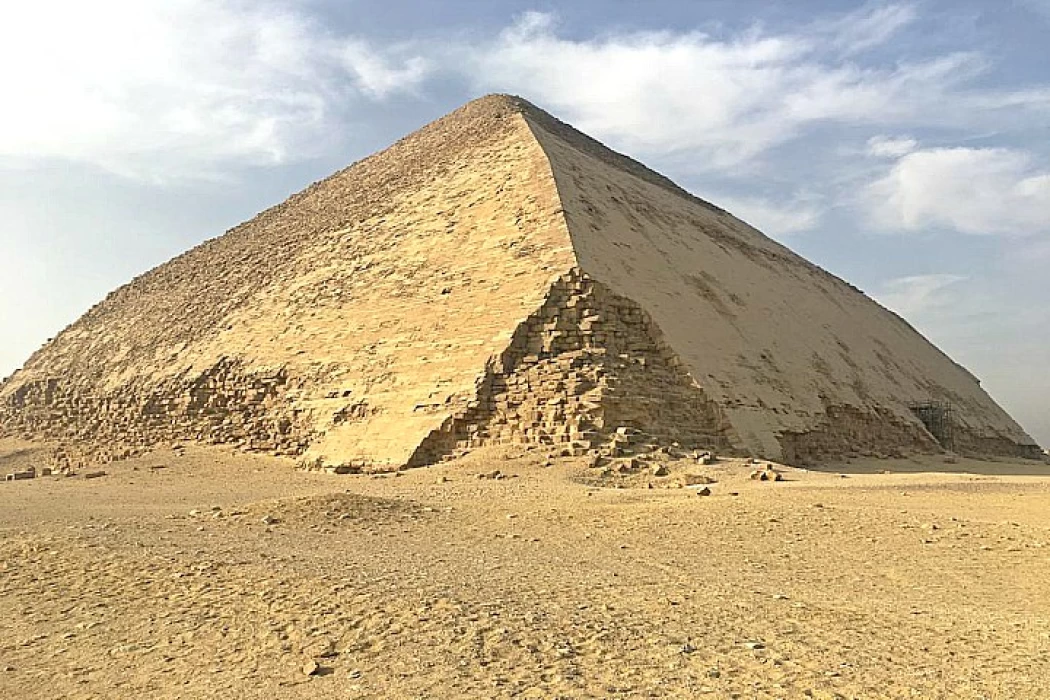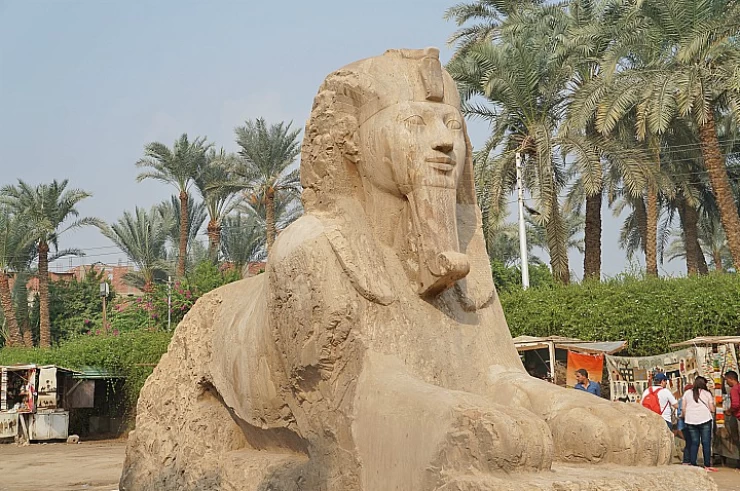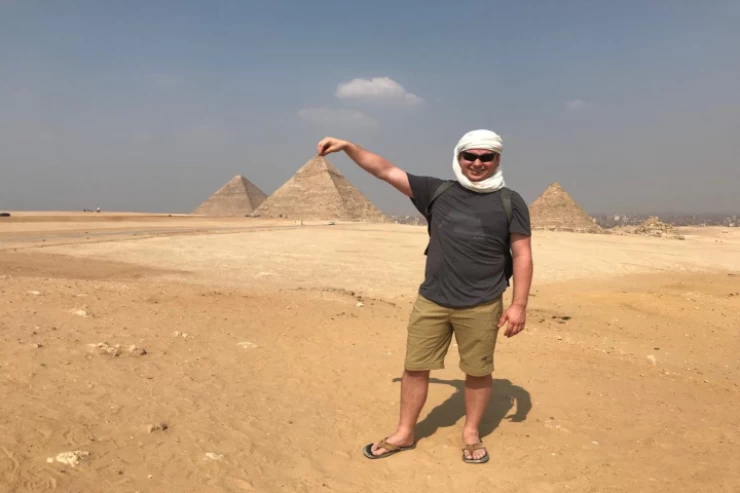
The Bent Pyramid of King Snefru
Egypt includes more than 126 pyramids; the Bent pyramid is one of the pyramids of King Senfru which remains as it is till now. The Bent pyramid exists in the area of Dahshur near the area of the Giza pyramids. You can enjoy seeing the Egyptian pyramids during one of your tours in the Egypt Christmas tours with a professional team that will reveal the secrets of Egyptian civilization for you.
The building process as mentioned by archeologists lasted for 14 years. The experts of archeological sites point out that the bent pyramid is a transitional phase in the process of developing of building the pyramids in Egypt. The reason behind the name of the pyramid is that The angle of inclination was changed at that time, which led to its curvature in a way that created structural issues that emerged during implementation.
You can discover the pyramids after you choose one of Cairo Day Tours to discover the Egyptian pyramids. You will see the construction of the Bent pyramid which is about Each side of the pyramid itself is approximately 188 meters long and has two angles of inclination, one of 45 degrees and 49 meters high, and the other of 48 degrees and 52 meters high.
King Senfru was building the Bent pyramids to be his place for his dead body after death, but when the inclination in the angels of the pyramid happened. Snefru decided to build another pyramid to be the tomb for him. Some archeologists assume that the inclination happened because of the heavy weight of the used rocks to build the pyramid. The tour of the Giza pyramids and Dahshur pyramids is one of the most attractive tours for people from around the world. Book your trip and choose your itinerary from Egypt Classic Tours to enjoy an incredible time with your family and friends.


















